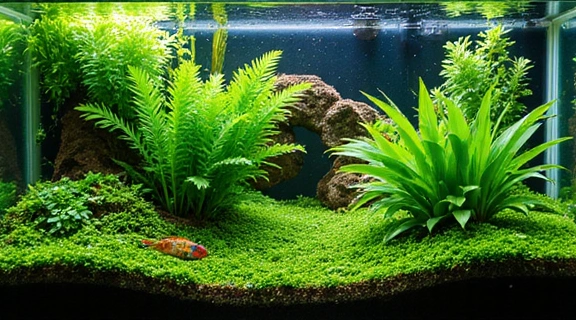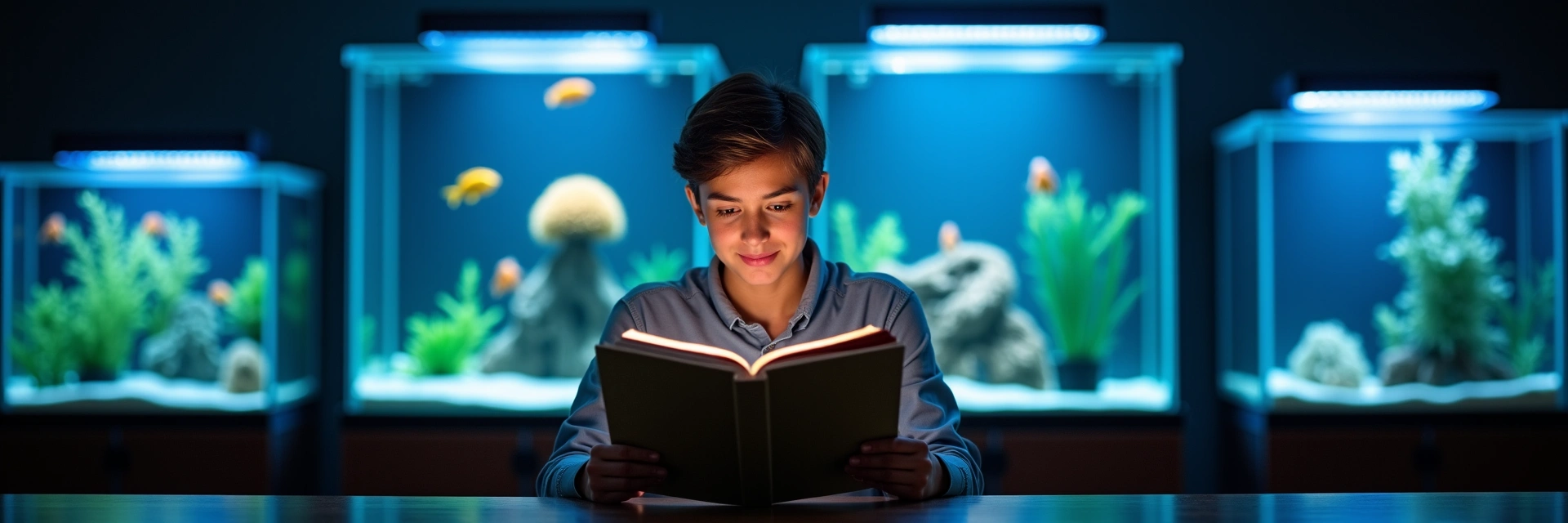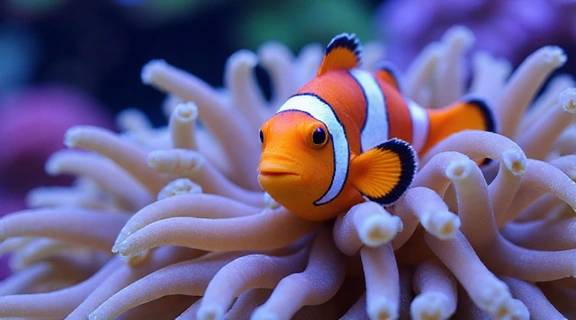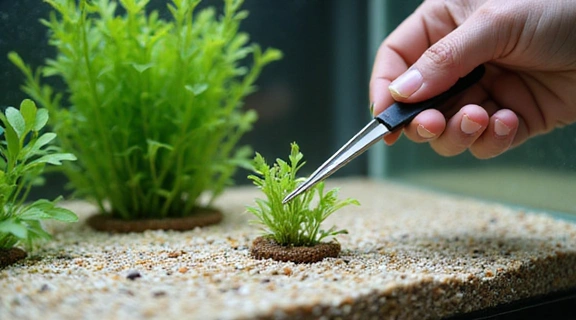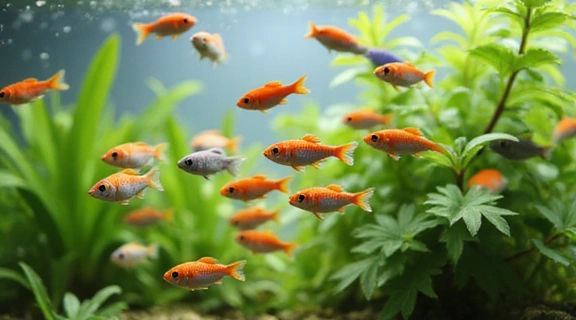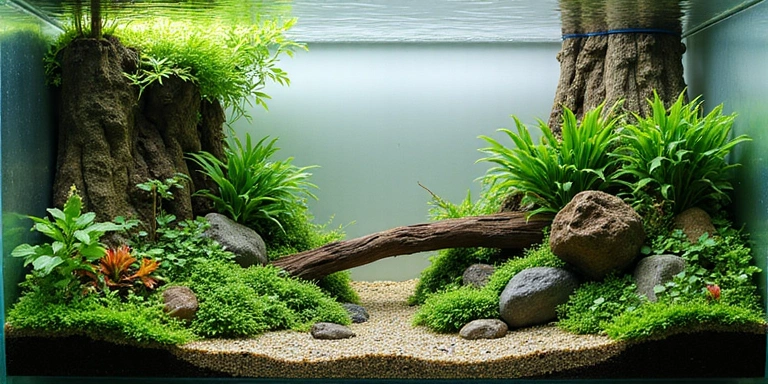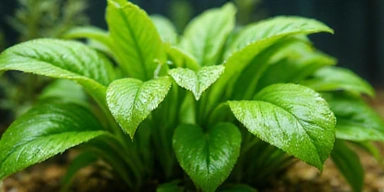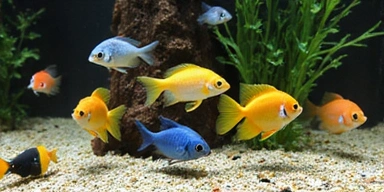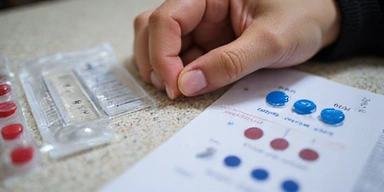Welcome to the captivating world of planted aquariums! Creating a thriving underwater garden is one of the most rewarding aspects of the aquarium hobby. Not only do planted tanks offer a natural and aesthetically pleasing environment, but they also contribute significantly to the overall health and stability of your aquatic ecosystem. This comprehensive guide will walk you through every step, from initial setup to long-term maintenance.
Why Choose a Planted Aquarium?
Beyond their undeniable beauty, live plants play a vital role in maintaining water quality. They absorb nitrates, a byproduct of the nitrogen cycle, which helps to keep algae in check and reduces the frequency of water changes. Plants also provide shelter and security for fish, helping to reduce stress and encourage natural behaviors. Furthermore, a well-planted tank can increase oxygen levels during the day through photosynthesis, benefiting all inhabitants.
- Improved water quality by consuming nitrates.
- Natural algae control.
- Enhanced aesthetic appeal and natural beauty.
- Provides shelter and reduces stress for fish.
- Increases oxygen levels during daylight hours.
Getting Started: Essential Components
1. The Tank
While almost any aquarium can be planted, larger tanks (20 gallons or more) offer more stability and creative freedom. Consider the dimensions – taller tanks look impressive but can be harder to light and maintain plants at the bottom.
2. Substrate
This is the foundation for your plants. A nutrient-rich substrate is crucial for healthy root development. Options include:
- Aquarium Soil/Aqua Soil: Specially designed for planted tanks, rich in nutrients, and often lowers pH.
- Laterite/Clay Substrates: Can be used as a base layer under inert gravel.
- Gravel: Choose a fine-grained gravel (2-3mm) that allows roots to penetrate easily. Supplement with root tabs.
3. Lighting
Light is plant food! The type and intensity of your lighting will dictate what kind of plants you can grow. LED lights are energy-efficient and offer precise control over spectrum and intensity. Aim for 8-10 hours of light per day.
4. Filtration
A good filter is essential for biological and mechanical filtration. Sponge filters, hang-on-back filters, and canister filters are all viable options. Ensure gentle flow so as not to uproot delicate plants.
5. CO2 Supplementation (Optional but Recommended)
Carbon dioxide is a key nutrient for plant growth. While not strictly necessary for all plants, CO2 injection systems can dramatically boost plant health and growth, allowing you to keep a wider variety of demanding species.
Plant Selection and Aquascaping
When selecting plants, consider their growth habits, light requirements, and how they will fit into your overall aquascape design. Foreground plants are short, mid-ground plants are medium height, and background plants grow tall.
"A well-designed planted tank is a living piece of art, constantly evolving and bringing a piece of nature into your home."
Maintenance Tips for a Flourishing Planted Tank
- Regular Water Changes: Essential for replenishing trace elements and removing excess nutrients.
- Fertilization: Liquid fertilizers and root tabs provide necessary macro and micro-nutrients.
- Trimming: Prune overgrown plants to maintain shape and encourage bushier growth.
- Algae Control: Address the root cause (excess light, nutrients) rather than just treating symptoms.
- Water Parameters: Regularly test pH, GH, KH, and nutrient levels to ensure optimal conditions.
With patience and consistent care, your planted aquarium will become a stunning focal point, providing endless hours of enjoyment and a peaceful sanctuary for both you and your aquatic inhabitants. Happy aquascaping!
